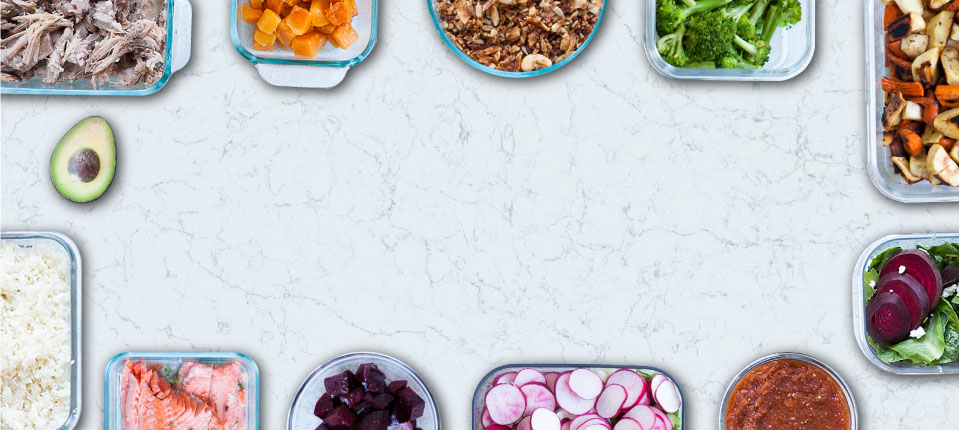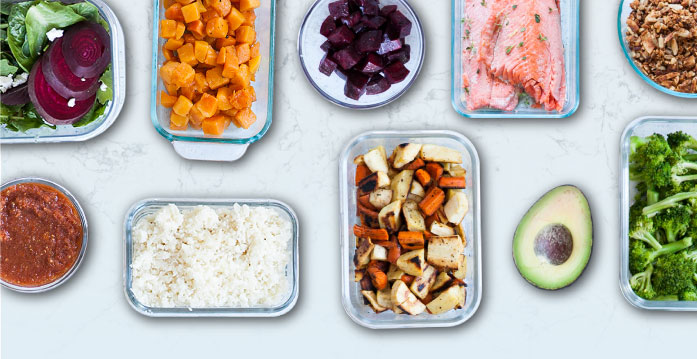Top 7 Low-Carb Diet Tips
Use the practical tips below to make your low-carb diet less overwhelming and more enjoyable.
Become familiar with the type of low-carb diet best for you.
The low-carb diet is a plan in and of itself; however, there are two other popular plans that are equivalent. High-protein, low-carb (HPLC) is an eating plan that will be lower in carbs and higher in protein. The suggested carb consumption each day mostly relies on your objectives. Here’s what that looks like in gram intake:
- 100–150 grams – This reach is intended for weight upkeep or successive focused energy work out.
- 50–100 grams – This reach is proposed for gradual weight reduction or weight upkeep.
- Under 50 grams – immediate result-driven.
The other low-carb-like diet is the keto diet. This plan leads you to a metabolic state called ketosis in which your insulin levels dive and your body delivers a lot of unsaturated fats from its fat stores. A ketogenic diet includes high-protein, high-fat food sources. Carbs are by and large restricted to less than 50 — and here and there not more than 20–30 — grams each day.
Know what foods are low-carb.
Once you get the hang of what you can eat, it will be much easier to dodge the foods that would hinder your diet plan. In a nutshell, low-carb foods consist of eating lean meats, fish, eggs, and leafy greens. Nuts, seeds, and some fruits are acceptable as well. You can also enjoy unsweetened dairy products such as plain whole milk and plain Greek yogurt.
Learn how to count carbs and understand serving sizes.
Most low-carb diets typically allow for a range of 20 to 50 grams of carbohydrates per day. With this number being so low, it’s important to eat foods that have a lower carb count but offer a higher nutritional value per serving. A sample of this would be eating half of a medium banana, a half-cup of peas, or 2 TBSP of raisins. You’ll find yourself eating a lot less, yet more efficiently.
Boost your calorific deficit with the right beverages.
Water will always be the best beverage to drink. In some cases, you may want to add something to make it taste better. This is where you’ll want to be mindful of what’s in the water-boosting drink packets. Also, check the nutritional value before drinking packaged drinks. If you like teas and coffee, go for black or add just a touch of milk or cream. Occasional glasses of wine are okay as well.
Be intentional with meal planning.
Meal planning can be intimidating, but once you get the hang of it, you’ll wonder why you didn’t stick with it sooner! It’s also a good idea to use a resource like our low-carb meal plans app. It creates custom weekly menus to make planning, shopping and cooking much easier. You’ll easily be able to stay on track, have over 500 recipes at your fingertips, and never get bored with the foods you eat.
Stay clear of low-carb diet enemies.
As with any diet plan, there are certain foods and ingredients you want to stay clear of. In the of adopting a low-carb lifestyle, you’ll want to make sure your foods and recipes don’t have a lot of sugar. It just so happens to fall into the category of “white poison” which consists of other refined foods such as white rice, white salt, and white flour (Maida).
Maintain an active lifestyle.
This probably goes without saying but regardless of what diet you choose, it’s always better when fueled with exercise. It doesn’t mean that you need to visit the gym on a daily basis and work out for hours on end. On the contrary, it simply means being a bit more active. Instead of sitting and binge-watching your favorite show, consider taking a 10-minute walk. You could also use a free exercise app or start a YouTube playlist of several low-impact workout videos. The goal is to help fuel your body by more than just eating right.

Conclusion
When you’re wanting to eat according to the low-carb diet plan, keep these practical tips in mind. Start small and slow until it becomes mind and muscle memory. As with anything, there is typically a learning curve, so don’t give up if you mess up. Make every effort to get it right one meal at a time.


